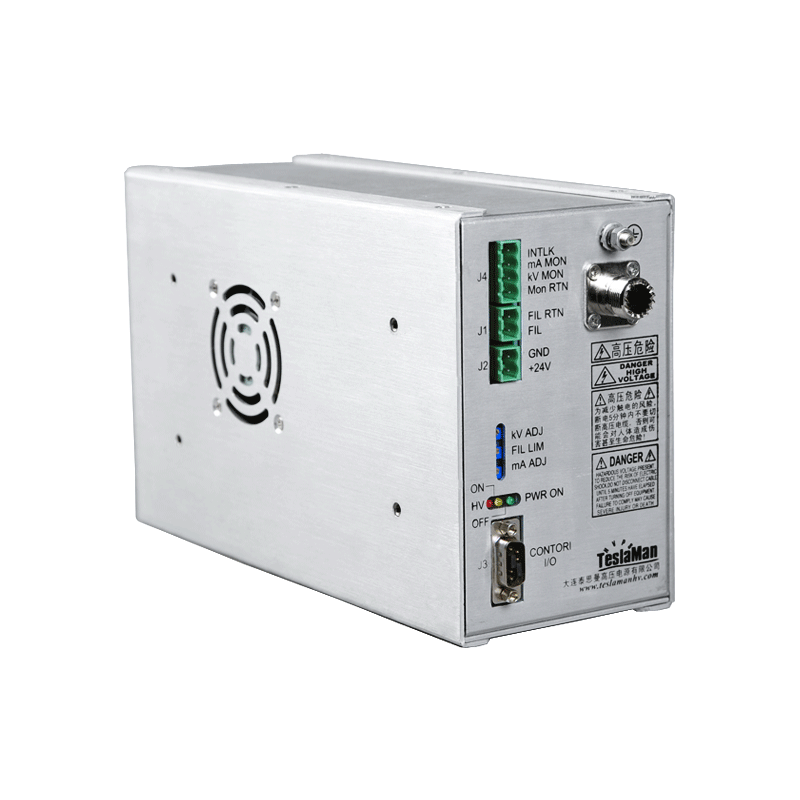Research on the Stability of High-Voltage Power Supplies for Biological Detection
1. Introduction
In the field of biological detection, whether it is the ion acceleration in mass spectrometers, the electric field maintenance in electrophoresis equipment, or the driving of high-pressure mercury lamps in fluorescence microscopes, the stability of high-voltage power supplies is crucial for ensuring the accuracy and repeatability of detection results. The detection signals of biological samples are extremely weak and are highly susceptible to interference from power fluctuations. Therefore, stringent requirements are imposed on the ripple suppression, dynamic response, and long-term stability of high-voltage power supplies. This article will explore methods to enhance the stability of high-voltage power supplies for biological detection from multiple technical dimensions.
2. Special Requirements for the Stability of High-Voltage Power Supplies in Biological Detection
In biological detection experiments, even minimal fluctuations in the output of high-voltage power supplies can lead to deviations in detection results. For example, in mass spectrometry analysis, if the ion acceleration voltage fluctuates by more than 0.01%, it will cause the ion flight path to deviate, resulting in the broadening of mass spectral peaks and reducing the detection resolution. In DNA electrophoresis experiments, unstable electric field strength can cause abnormal migration rates of nucleic acid fragments, affecting the band separation effect. In addition, biological detection equipment usually needs to operate continuously for long periods, requiring the power supply to maintain stable output over several hours or even days, avoiding performance degradation due to temperature drift and component aging.
3. Technical Solutions for Stability Enhancement
(1) Optimizing the Power Supply Topology
Traditional hard-switching power supply topologies are difficult to meet the stability requirements of biological detection due to switching losses and voltage spikes. The adoption of zero-voltage zero-current switching (ZVZCS) topology can achieve the switching of switching tubes under zero-voltage and zero-current conditions by introducing an auxiliary resonant circuit, reducing switching losses by more than 80% and minimizing voltage fluctuations. Meanwhile, combined with multi-stage LC filter circuits, the output voltage ripple can be suppressed within ±10mV, providing a stable voltage input for biological detection equipment.
(2) Improving Control Strategies
To achieve high-precision stable output, a closed-loop control system based on Model Predictive Control (MPC) needs to be constructed. By establishing an accurate mathematical model of the high-voltage power supply, the MPC algorithm can predict the impact of load changes on the output voltage in advance and quickly adjust the PWM pulse width, increasing the system response speed to the millisecond level. Combined with an adaptive filtering algorithm, dynamic compensation of the power supply output is performed in real-time, effectively suppressing output drift caused by factors such as ambient temperature and grid voltage fluctuations.
(3) Strengthening Electromagnetic Shielding and Heat Dissipation Design
Biological detection equipment is extremely sensitive to electromagnetic interference. Therefore, high-voltage power supplies should use fully metallic shielding enclosures and be properly grounded to keep the electromagnetic radiation intensity at an extremely low level. In terms of heat dissipation, a composite heat dissipation method combining liquid cooling and air cooling is adopted to ensure that the temperature fluctuation of power devices does not exceed 5°C during long-term operation, preventing component parameter drift caused by temperature changes and affecting the stability of the power supply.
4. Stability Verification and Application Effects
Through actual testing, the optimized high-voltage power supply, under a 10kV output condition, has a ripple coefficient as low as 0.005%, far exceeding the requirements of biological detection equipment. In the 72-hour continuous operation test, the output voltage fluctuation range is controlled within ±0.1%, demonstrating excellent long-term stability. In practical biological detection applications, the repeatability error of the mass spectrometer equipped with this power supply is reduced by 40%, and the clarity of band separation in electrophoresis experiments is significantly improved, effectively enhancing the accuracy and reliability of biological detection.
5. Conclusion
Enhancing the stability of high-voltage power supplies for biological detection requires coordinated optimization in multiple aspects, including topology, control strategies, and electromagnetic shielding. By adopting advanced soft-switching topologies, intelligent control algorithms, and comprehensive electromagnetic protection designs, high-performance high-voltage power supply systems that meet the stringent requirements of biological detection can be constructed, providing reliable technical support for life science research and clinical diagnosis. In the future, with the continuous development of biological detection technologies, the stability technology of high-voltage power supplies will continue to innovate, moving towards higher precision and stronger stability.




















